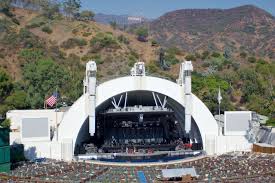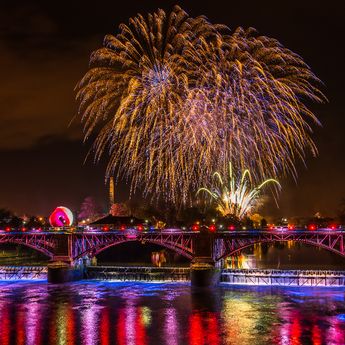
Introduction
The Hollywood Bowl, an iconic amphitheatre located in the Hollywood Hills of Los Angeles, is one of the most renowned venues for music and entertainment in the world. With its picturesque setting and unique architectural design, the Hollywood Bowl has become a landmark that not only showcases musical brilliance but also contributes to the cultural fabric of the region. As the summer concert season approaches, it is important to reflect on the significance of this venue, especially amid a revival of live performances post-pandemic.
A Brief History
Opened in 1922, the Hollywood Bowl has evolved from a simple outdoor stage into a sophisticated venue that attracts millions of visitors each year. Its capacity of around 17,000 seats makes it the largest natural outdoor amphitheatre in the United States. Over the years, it has hosted a diverse lineup of artists, from classical orchestras to contemporary pop stars, solidifying its reputation as a leading performance space. The Bowl’s unique sound shell, designed by architect Frank Gehry, is notable for enhancing acoustics and providing an unforgettable listening experience.
Recent Events and Performances
After a challenging period for live music events due to the COVID-19 pandemic, the Hollywood Bowl has welcomed back audiences with a vibrant 2023 season. Artists such as John Legend and Jennifer Hudson have graced the stage, alongside the Los Angeles Philharmonic, which serves as the resident orchestra. This summer, the Bowl will feature a variety of genres, including jazz, rock, and classical music, aiming to cater to a diverse audience. Special events like film screenings accompanied by live orchestras have also added to the Bowl’s allure, drawing both locals and tourists alike.
Preservation and Future Prospects
As a historical and cultural monument, the Hollywood Bowl is continuously undergoing maintenance and improvements to preserve its charm while also enhancing the visitor experience. Sustainable practices are being increasingly integrated into operations, with initiatives aimed at reducing waste and promoting eco-friendly events. The future looks promising, with plans for more innovative programming and community outreach efforts designed to engage younger audiences.
Conclusion
The Hollywood Bowl remains a significant venue not just for its entertainment value, but also as a cultural beacon in Los Angeles. As it continues to host phenomenal performances and touch the lives of many, its legacy as a must-visit destination for music lovers is firmly established. With a robust line-up for the coming seasons and ongoing efforts to enhance sustainability, the Hollywood Bowl is set to thrive as a premier concert venue for years to come. Whether you’re a local or a visitor, experiencing a concert at this remarkable venue under the stars is a memory that resonates long after the final note is played.
You may also like

Exploring the Magic of Fireworks in Glasgow

